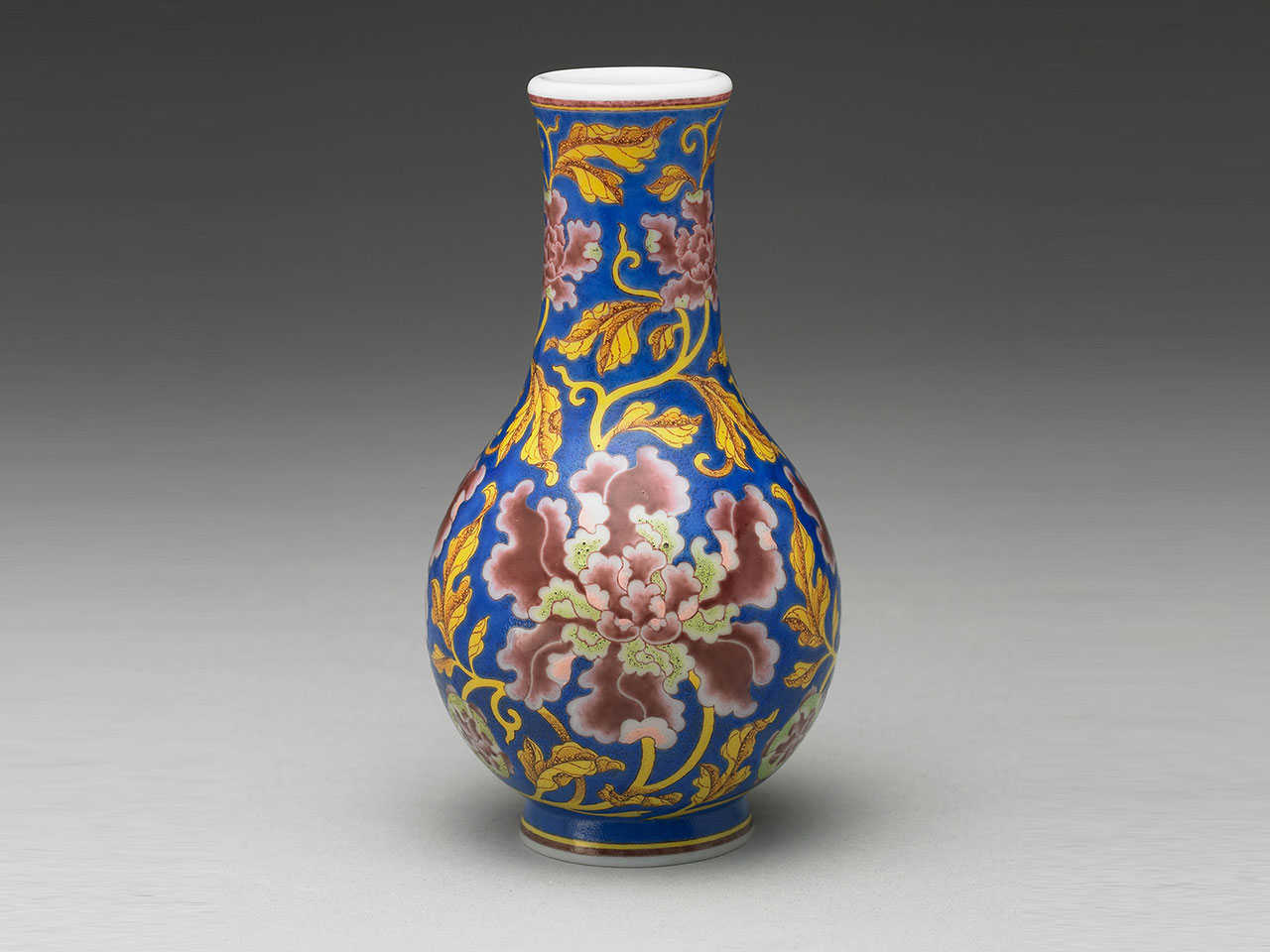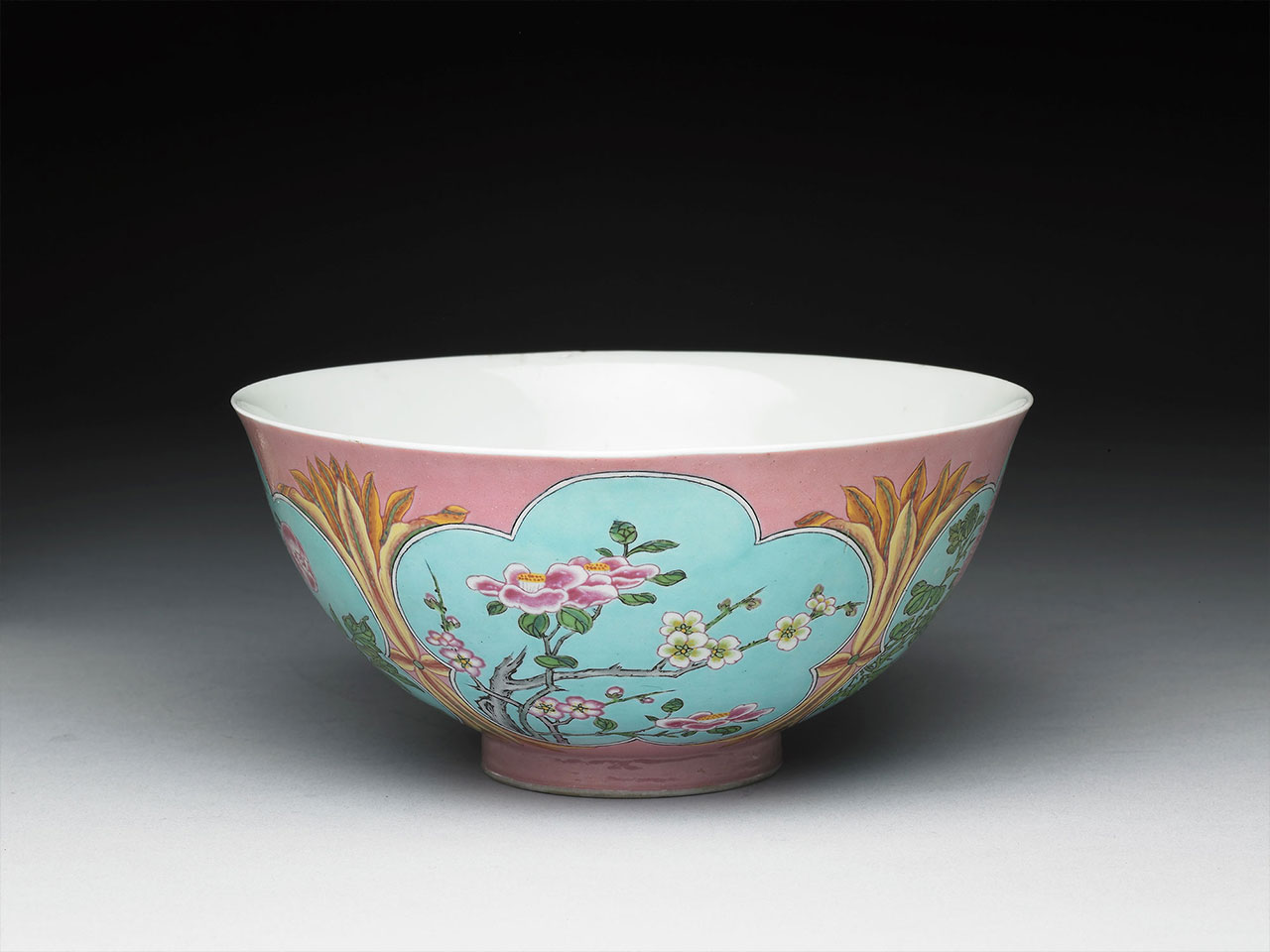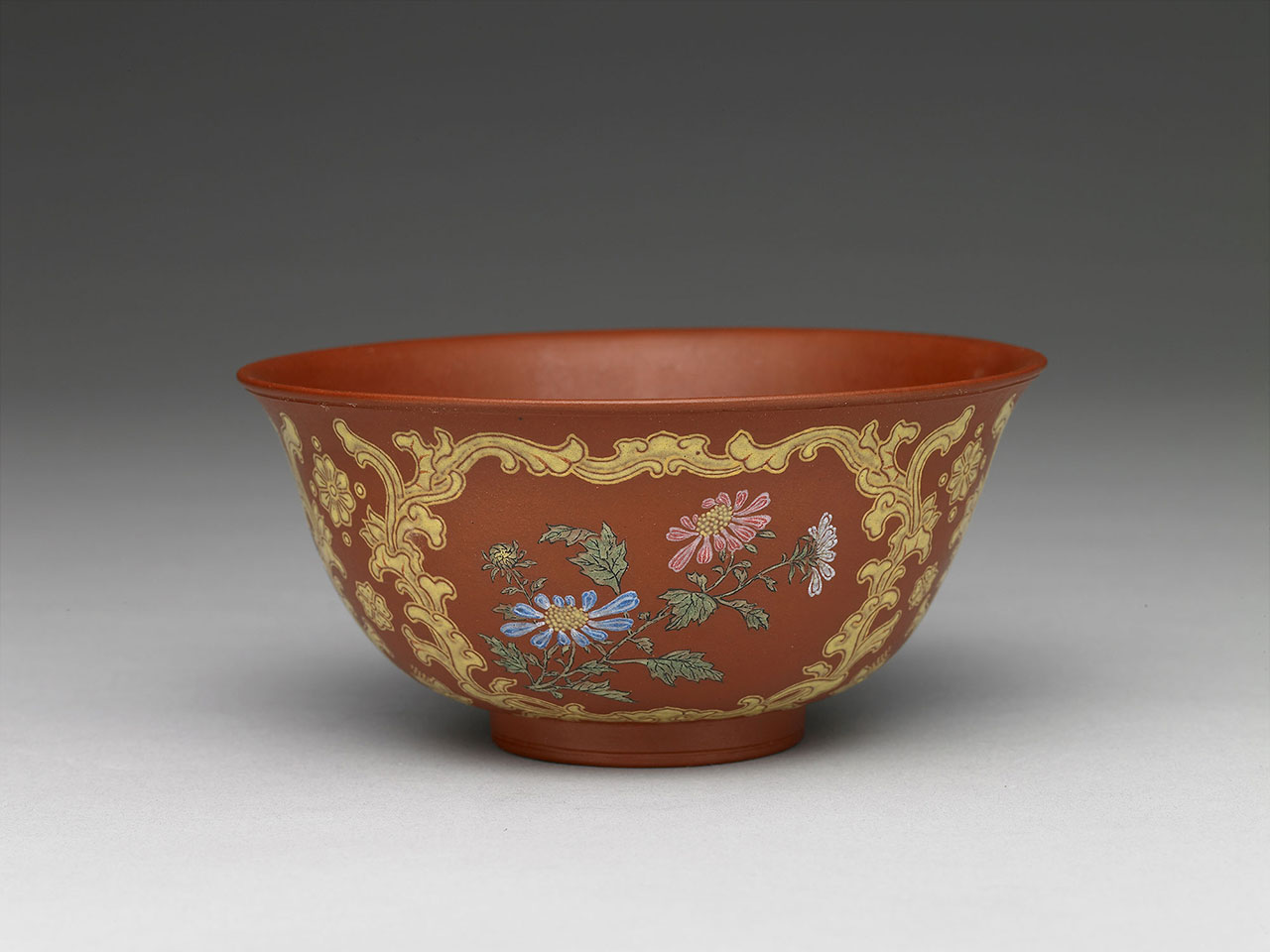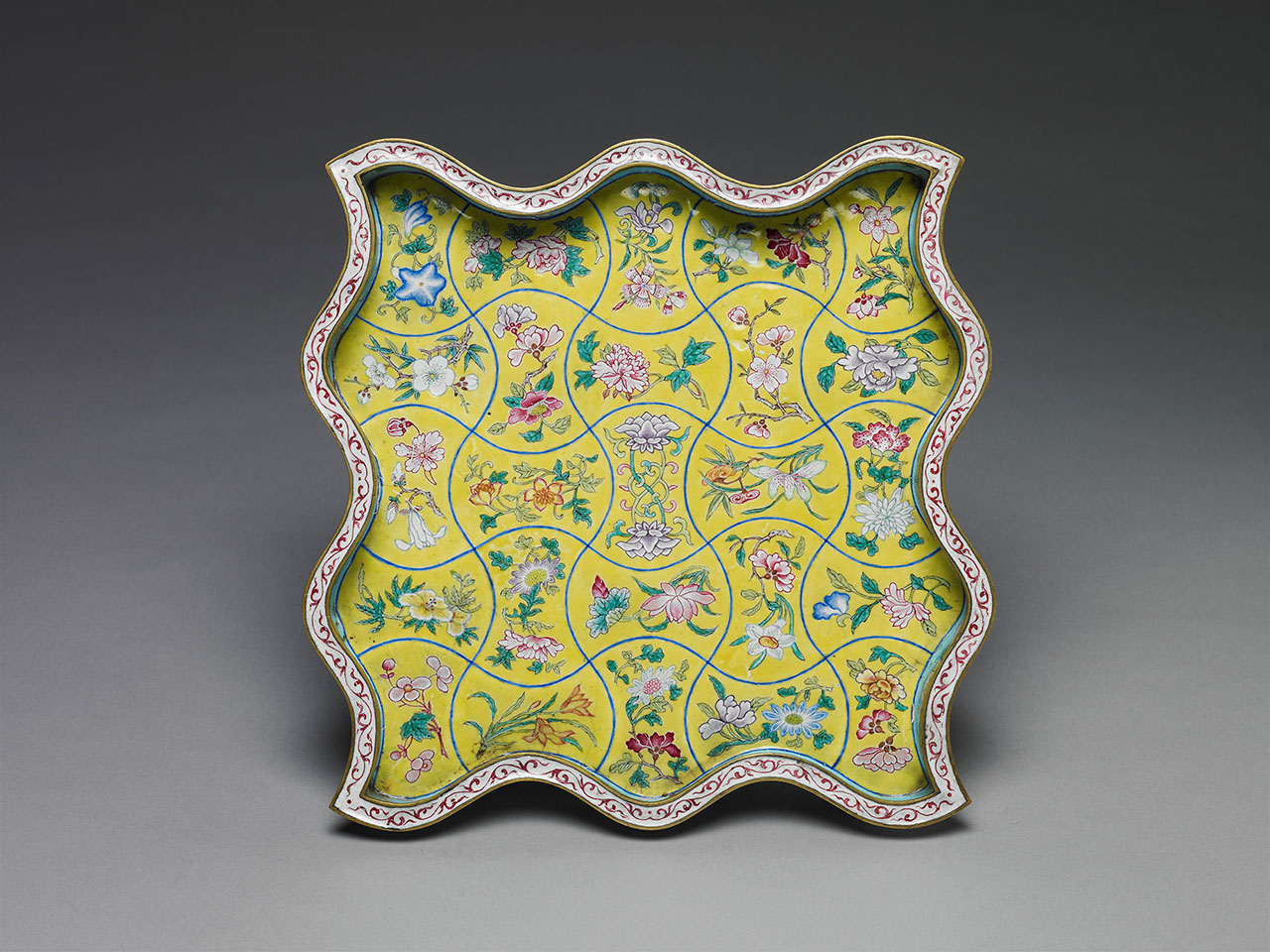Novelty from the Emperor's Experimental Workshop
The falangcai painted enamels had originated from the early 18th century. During the initial stage of development, Western missionaries and local craftsmen devoted their efforts to colouration trails and pigment processing. However, even till the end of the Kangxi reign(1622-1722), the goal was still unsuccessful, which resulted in the need for imported materials.
However, almost every test piece had included without a reign mark, and after the final firing, the "Kangxi yuzhi 康熙御製" was then labelled as recognition. Differentiated by the location of its colouring procedure, the falangcai stands for porcelains with patterns painted in falangcai pigments and reign marks written on the white base body that produced in Jingdezhen Imperial kilns, and followed by the second firing by the imperial craftsmen. In contrast porcelains having their base body and painted patterns both fired in Jingdezhen Imperial kilns, are known as the yangcai.
Novelty from the Emperor's Experimental Workshop
Glass gallbladder-shaped vase with peonies in painted enamels
- Qing dynasty, Kangxi reign (1662-1722)
Bowl with flowers of the four seasons on a pink ground in painted enamels
- Qing dynasty, Kangxi reign (1662-1722)
Yixing tea bowl with flowers in painted enamels
- Qing dynasty, Kangxi reign (1662-1722)
Copper square dish in painted enamels
- Qing dynasty, Kangxi reign (1662-1722)
Decorated with imported pigments, wares with painted enamels were popular during the Kangxi reign. With the emperor's encouragement, painted enamels were applied on various materials. Can you tell the difference? These four works are respectively glassware, porcelain bowl, Yixing bowl and Copper dish. They all have decoration painted with enamels on the surface.







